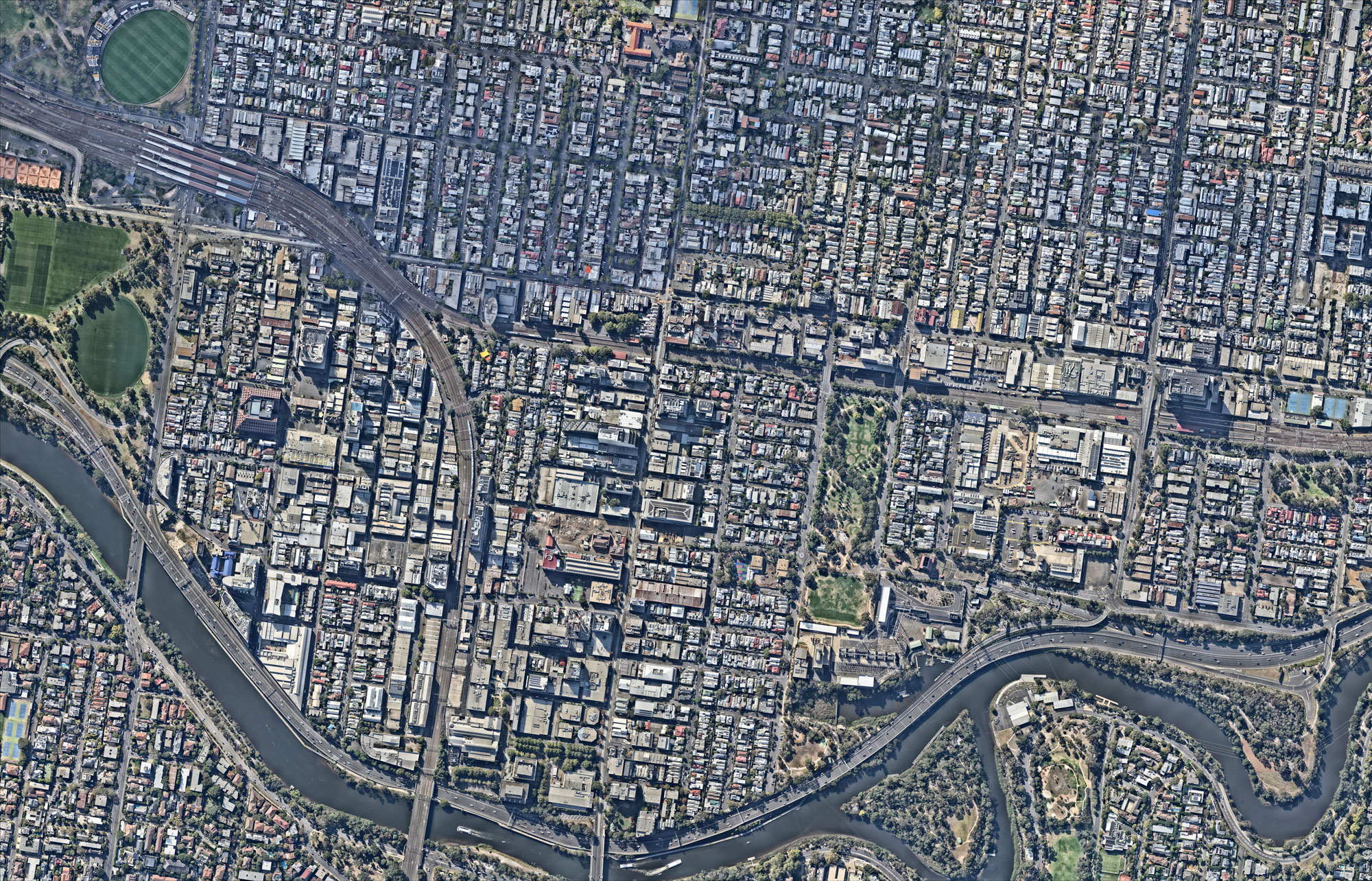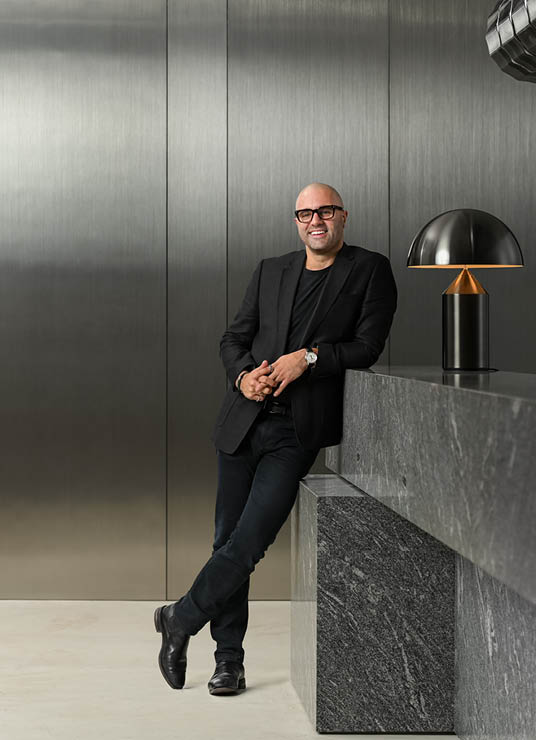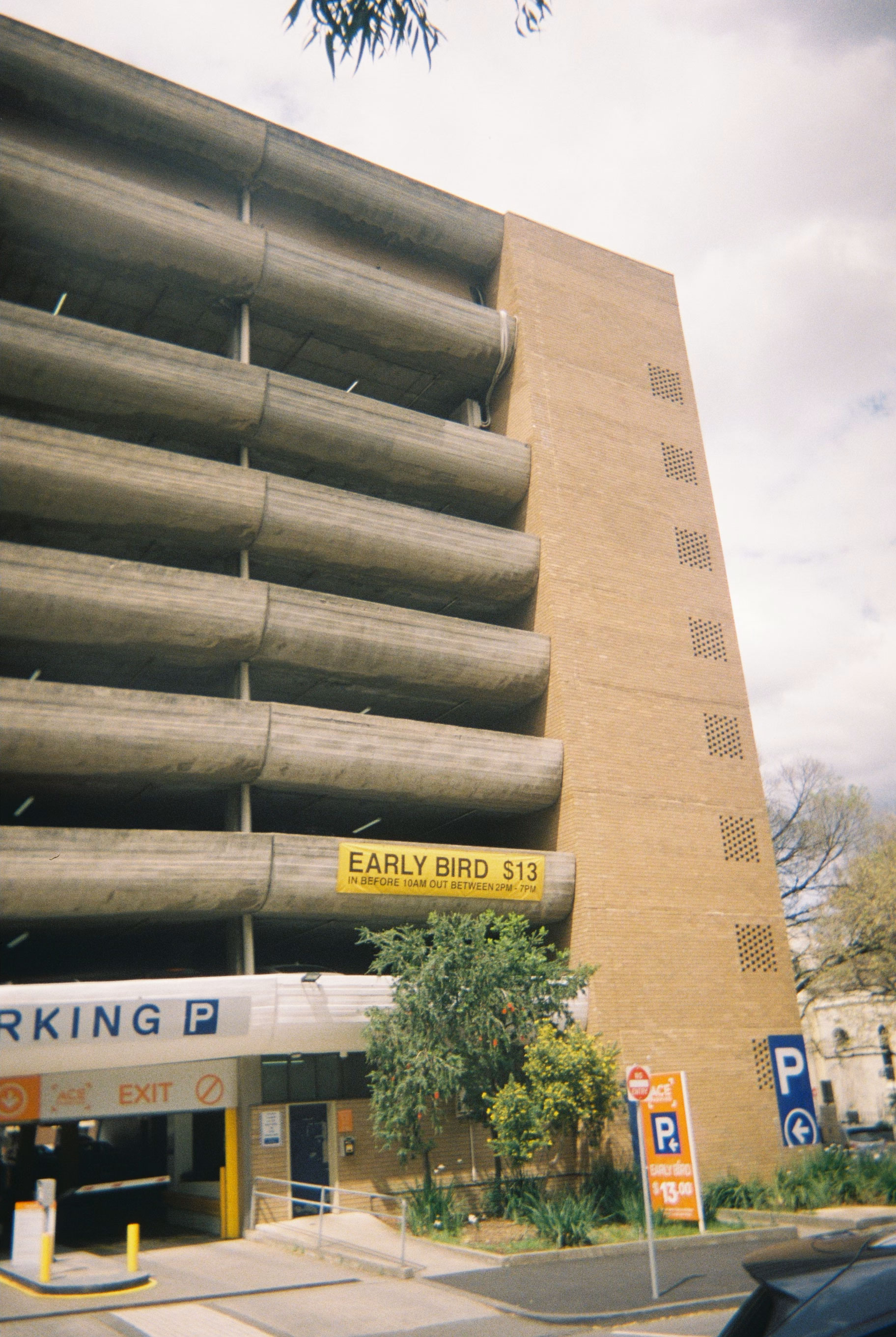Ideas
May 2025

Type
IdeasArticle by
Domenic Cerantonio
Last night, the City of Melbourne’s Carlton Heritage Review officially took the former Royal Women’s Hospital car park in Carlton under its protection, despite strong objections from the local community. This morning, on my way to work, I caught an interview on 3AW with David Wagner, President of the Australian Institute of Architects’ Victorian chapter celebrating the decision. In his opinion, heritage listing the controversial car park was an example of the architectural community doing its duty to protect the history of our built environment. But what about our duty to contribute responsibly to the continued development of our cities, in response to the progressive demands of a growing population?
The c.1970s car park, designed by Mockridge Stahle & Mitchell, is an exemplar of Australian Brutalism. Suffice it to say, public opinion on the building is divided. Personally, I love it. As an architect, I’ve harboured a strong affinity for Brutalist vernacular, which has had a strong influence on my own work. But do I think that a car park, of all things, is worthy of heritage protection in the context of our current housing predicament? Absolutely not.
As architects, we have a duty to respect the past, respond to the present, and be considerate of the future. Heritage listing the Cardigan House car park fails our community abysmally on two of these fronts.

In his campaign to protect the building, David argued that the building was serving a “very useful function, being a car park”. Yet, at the same time, Carlton’s local municipality, the City of Melbourne, is on a mission to decrease the number of cars on the road and increase the walkability of its streets. Simultaneously, we are hamstrung by the shortage of housing in urban areas such as Carlton. There is a stark disconnect here, between the very real needs of present day society, and the romanticised agenda of our architectural bodies.
Several local residents made submissions at the council meeting opposing the car park’s inclusion in the Carlton Heritage Review, including Katie Roberts-Hull, who said the campaign to protect the car park was “symbolic of how heritage has gone too far.”
“Protecting a car park is like protecting a cigarette factory,” she says. “It creates more pollution in the area, obviously more traffic and is a symbol of car dependency in a suburb where you don’t really need a car at all.”
As fond as I am of the building from an architectural standpoint, I have to say I agree with Katie; preserving the car park as a relic of architectural history is doing the wider community a disservice, and preventing present-day architects from contributing to the built environment in a more meaningful, relevant and sustainable way.